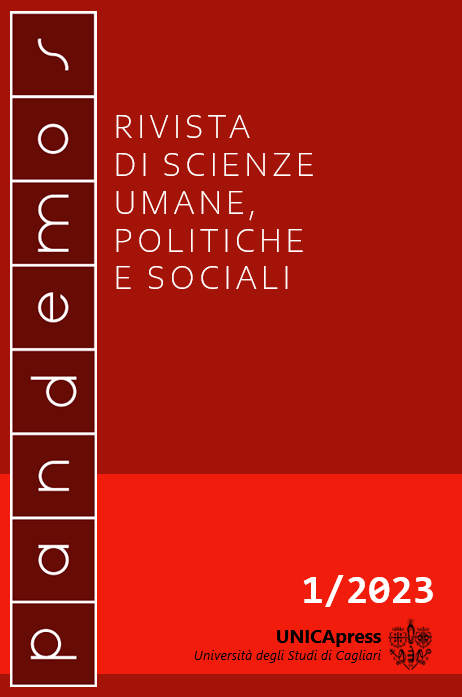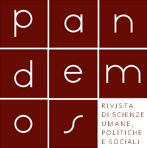Le «meste rime» di Gaspara Stampa tra petrarchismo ed elegia
Abstract
Il saggio esamina le principali caratteristiche del petrarchismo di Gaspara Stampa, mostrando come nelle sue Rime sia possibile riscontrare un petrarchismo di tipo micro-testuale, basato cioè sull’imitazione di singoli componimenti, e un petrarchismo di tipo macro-testuale, basato cioè sulla volontà di organizzare la raccolta poetica in forma di canzoniere, seguendo il modello dell’architettura complessiva dei Rerum vulgarium fragmenta. Esamina poi la scelta dell’autrice di sostituire alla caratterizzazione di «sparse» – usata da Petrarca per qualificare le proprie «rime» – quella di «meste»: mostrando come quest’ultimo termine giungesse alla Stampa dalla tradizione lirica precedente in modo fortemente connotato, per il suo stretto legame con temi afferenti all’area semantica del dolore e della perdita, si giunge alla conclusione che proprio con questo aggettivo l’autrice volesse indicare al lettore la scelta di una lirica che contemperasse petrarchismo ed elegia.
Copyright (c) 2023 Veronica Andreani

Questo lavoro è fornito con la licenza Creative Commons Attribuzione - Non opere derivate 4.0 Internazionale.
Gli Autori mantengono i diritti sulle rispettive opere, e cedono a Pandemos il diritto di prima pubblicazione.
Gli Autori possono aderire ad altri accordi di licenza non esclusiva per la distribuzione dell’opera pubblicata (ad esempio possono depositarla presso un archivio istituzionale, pubblicarla come capitolo o paragrafo di uno studio monografico, etc.), a patto d’indicare che la prima pubblicazione è avvenuta su Pandemos.
Gli Autori possono diffondere online le rispettive opere anche prima e durante il processo di presentazione e di valutazione (in particolare possono depositarle presso repository istituzionali, o mostrarle in siti web personali), in quanto ciò può avere ricadute positive sulla ricerca nel particolare ambito, e può altresì contribuire ad aumentare il numero delle citazioni dell’opera pubblicata (vedi a riguardo The Effect of Open Access).
Pandemos si riserva il diritto di ripubblicare le opere pubblicate, parzialmente o integralmente, come ristampa o uscita monografica, in versione sia elettronica sia cartacea.






